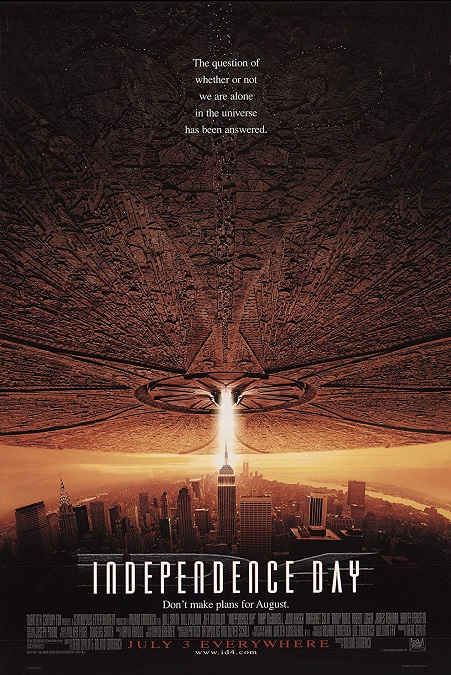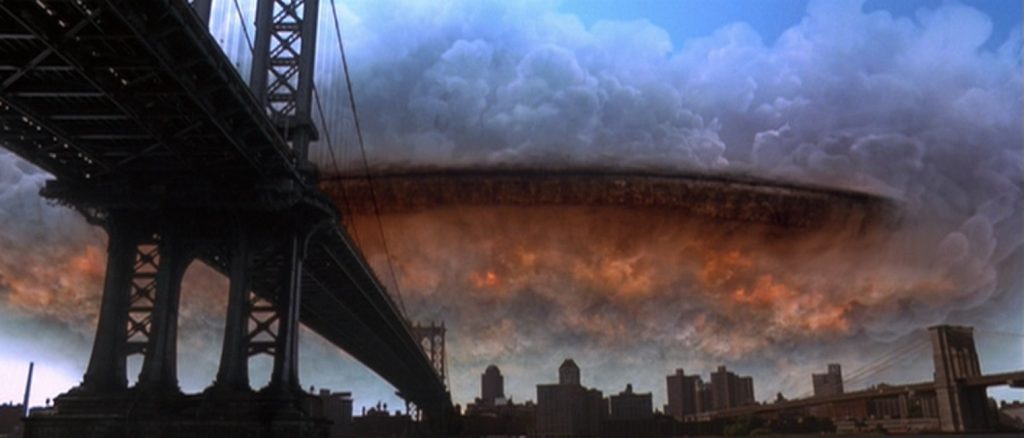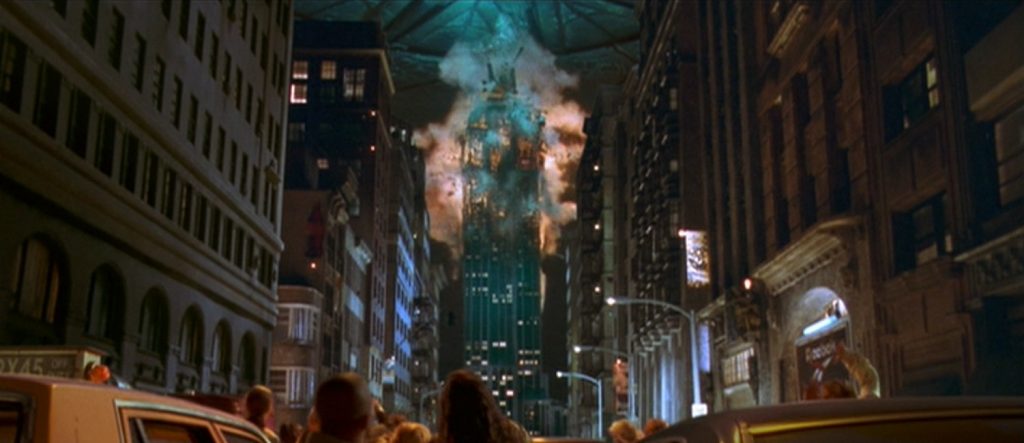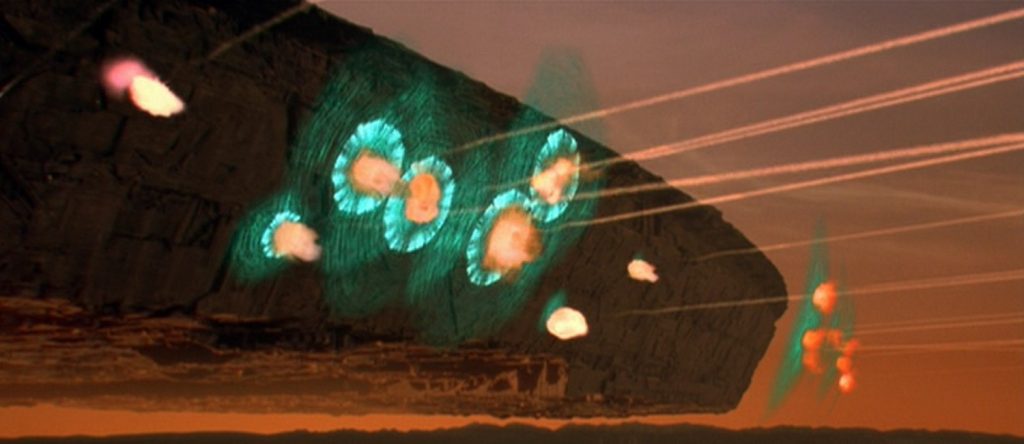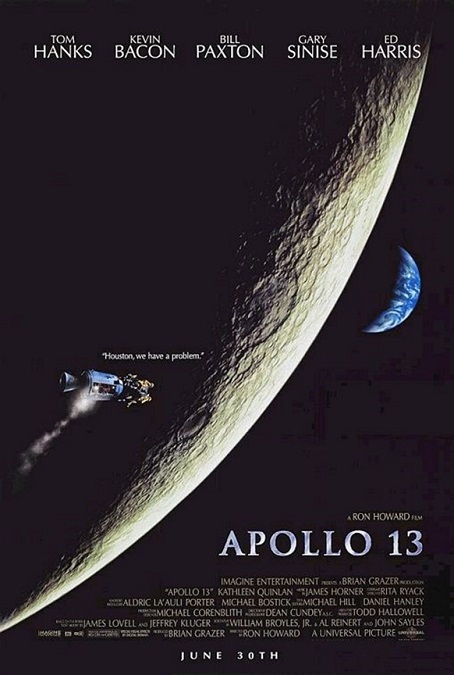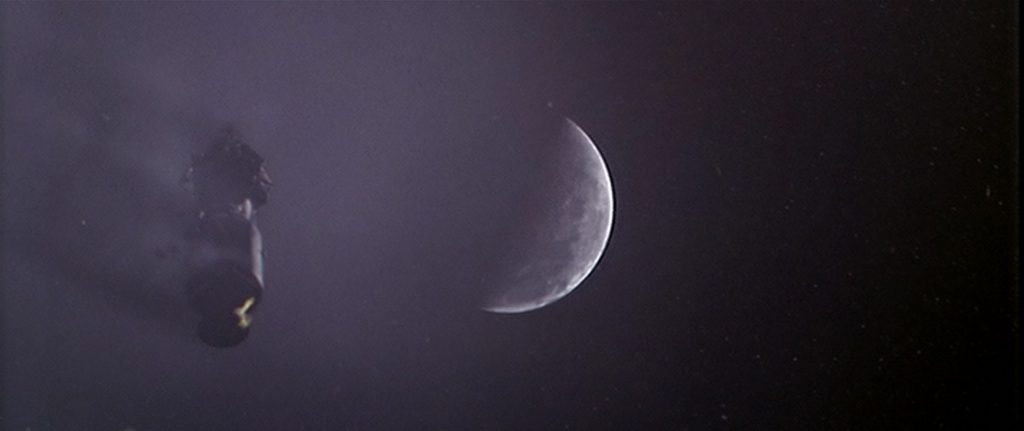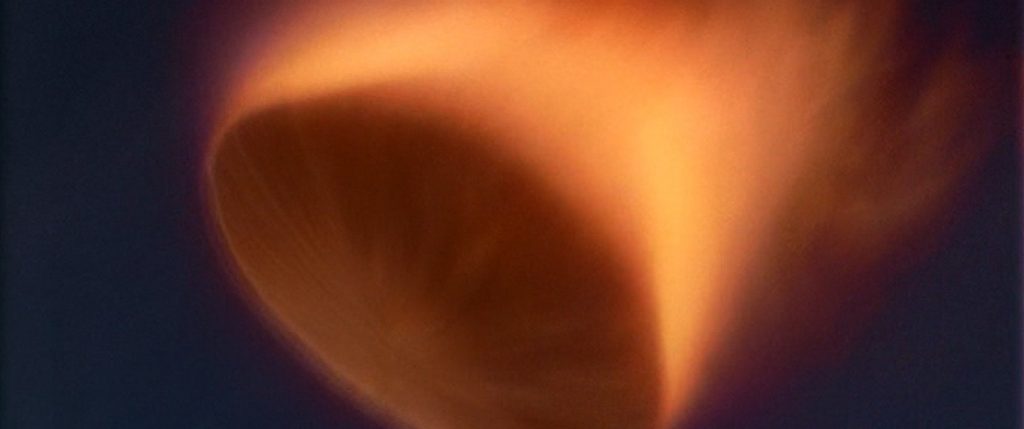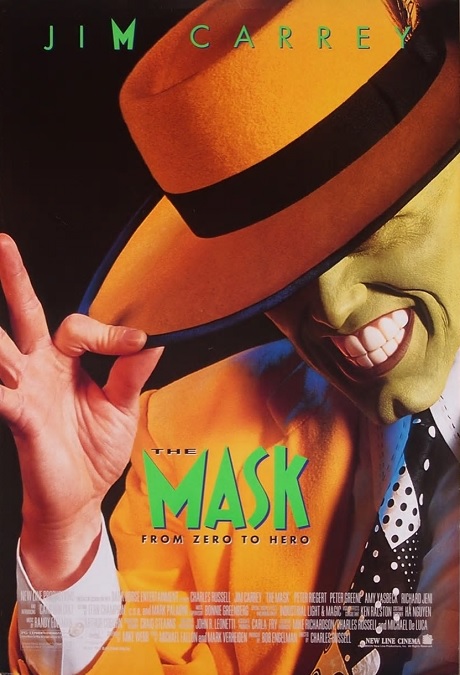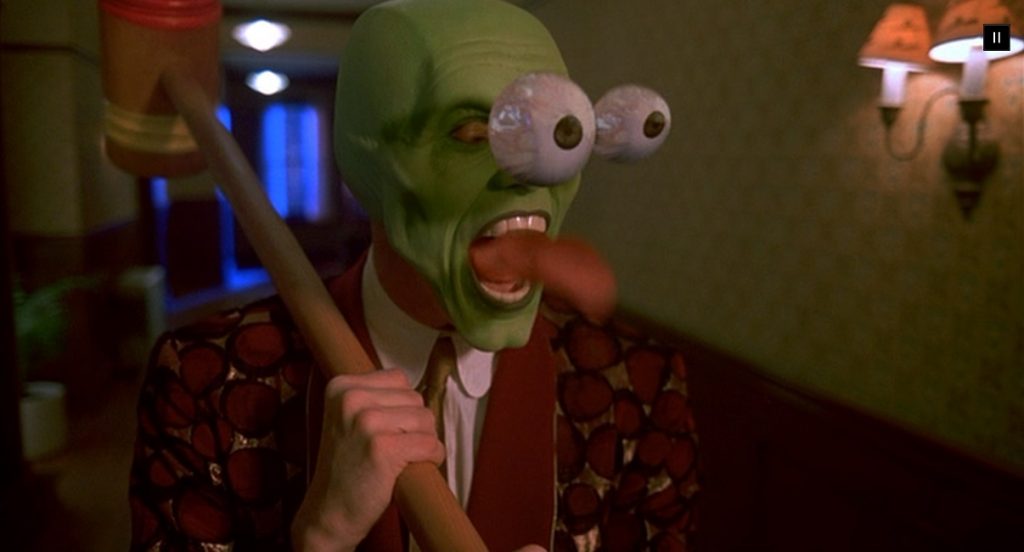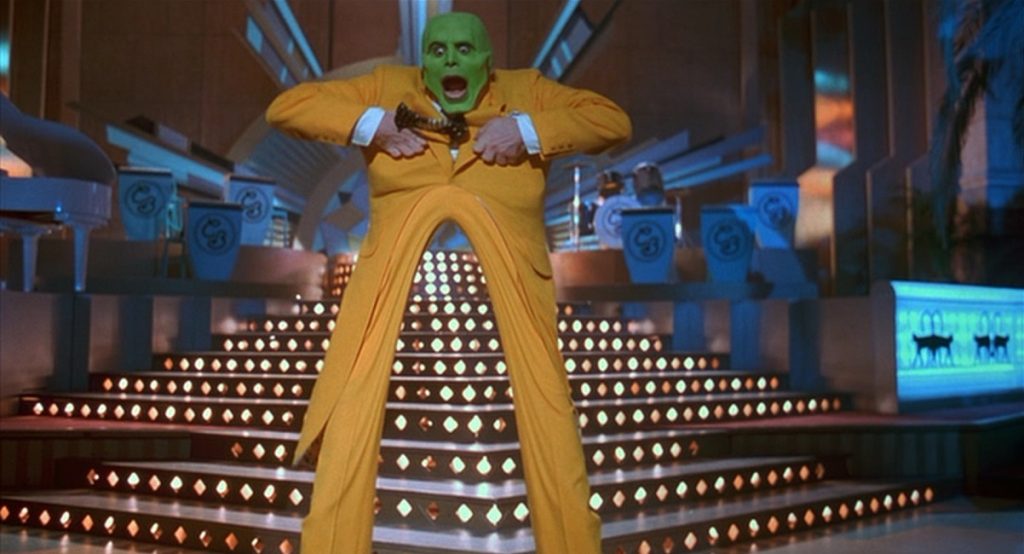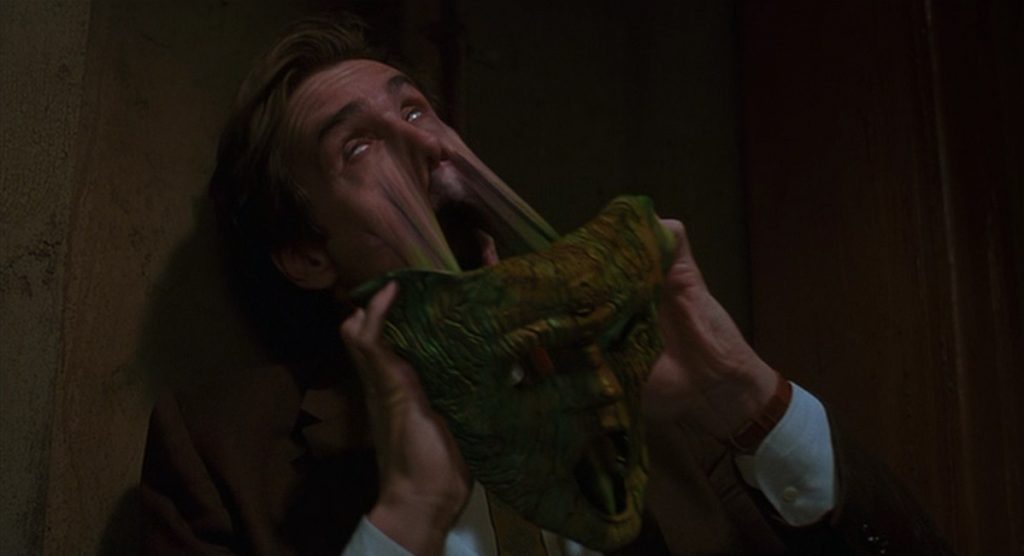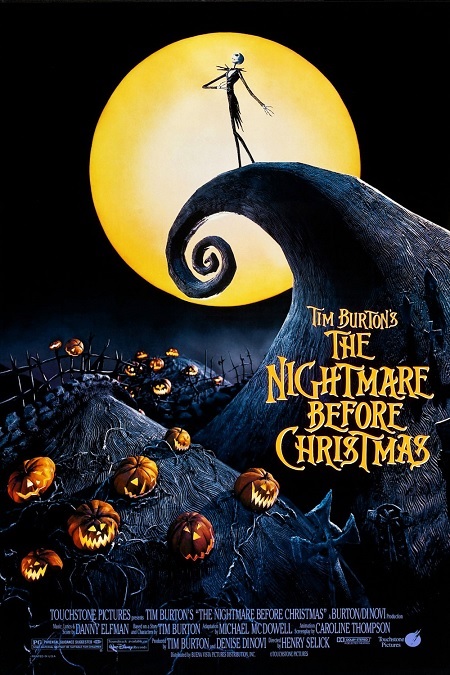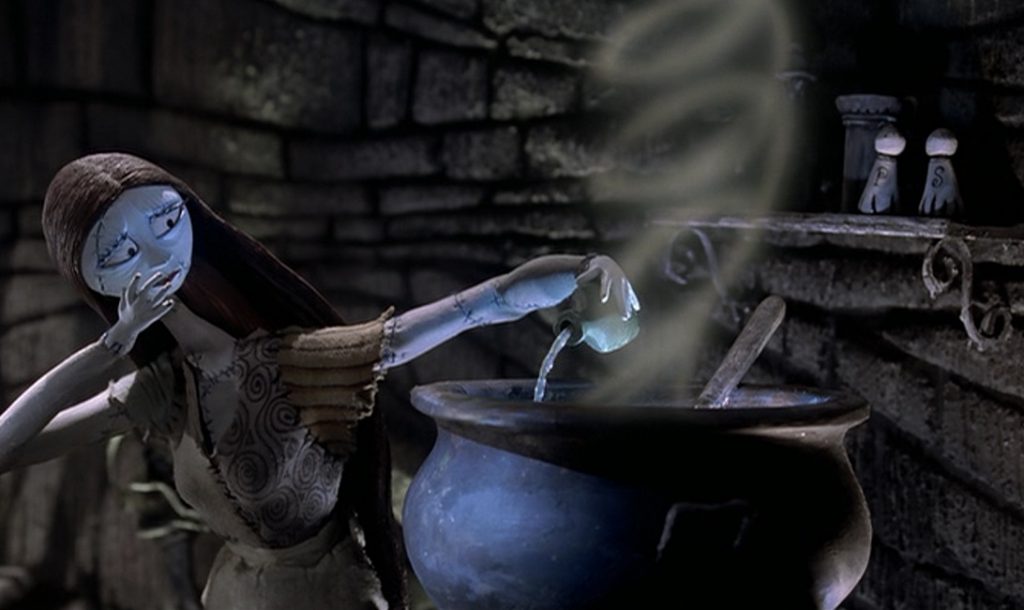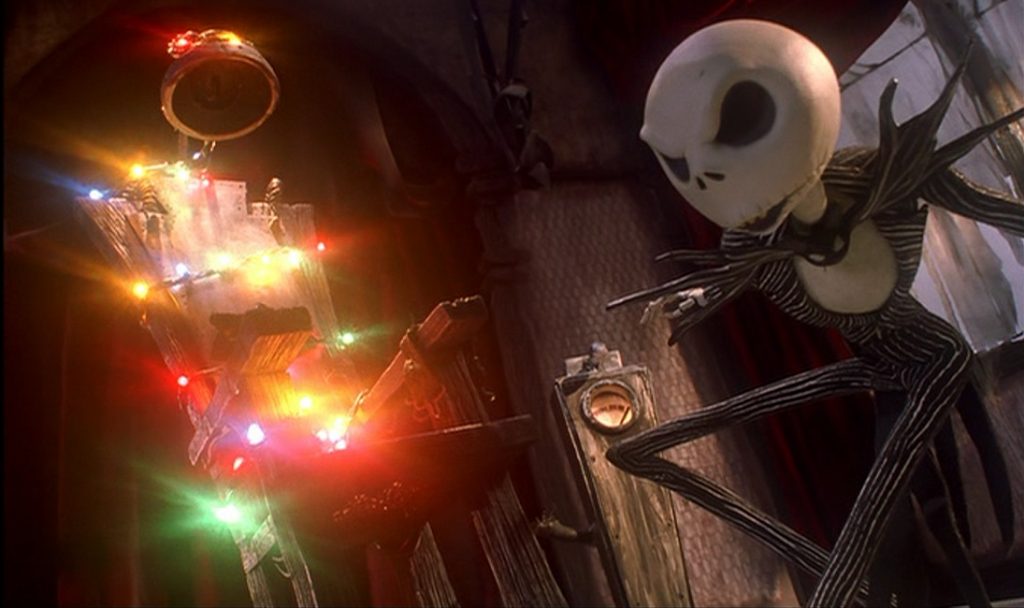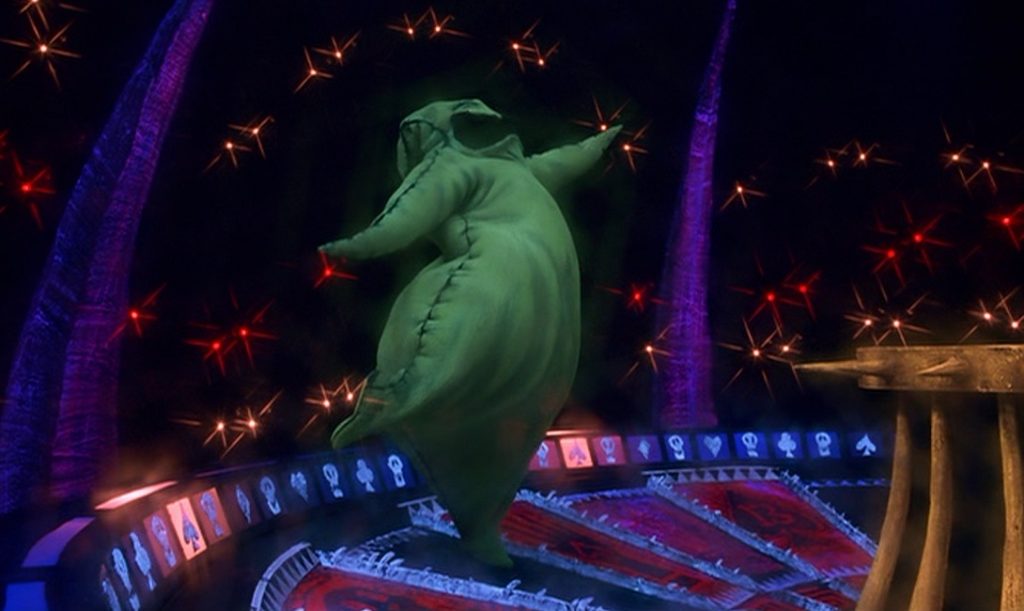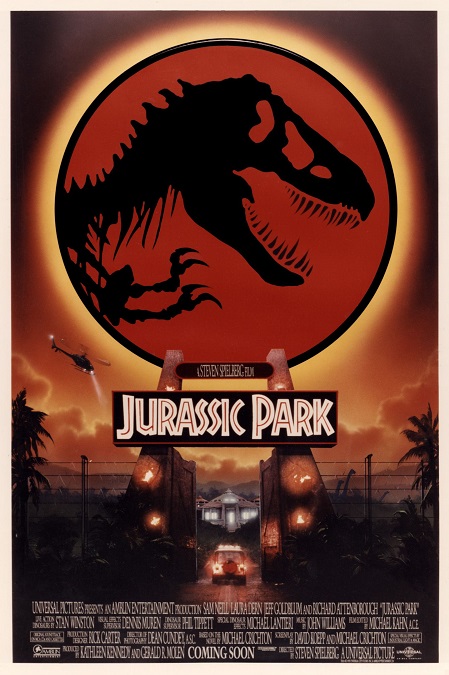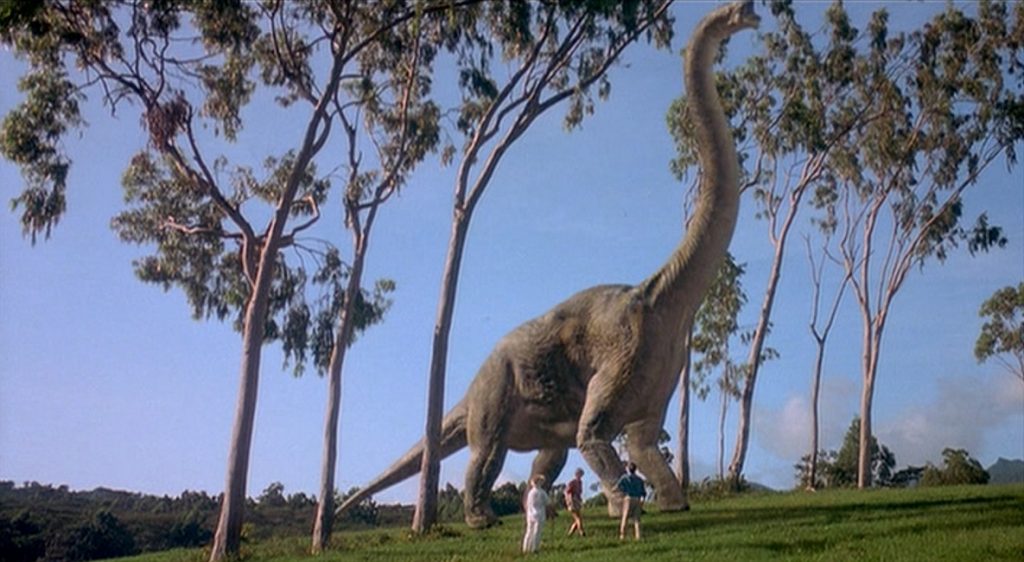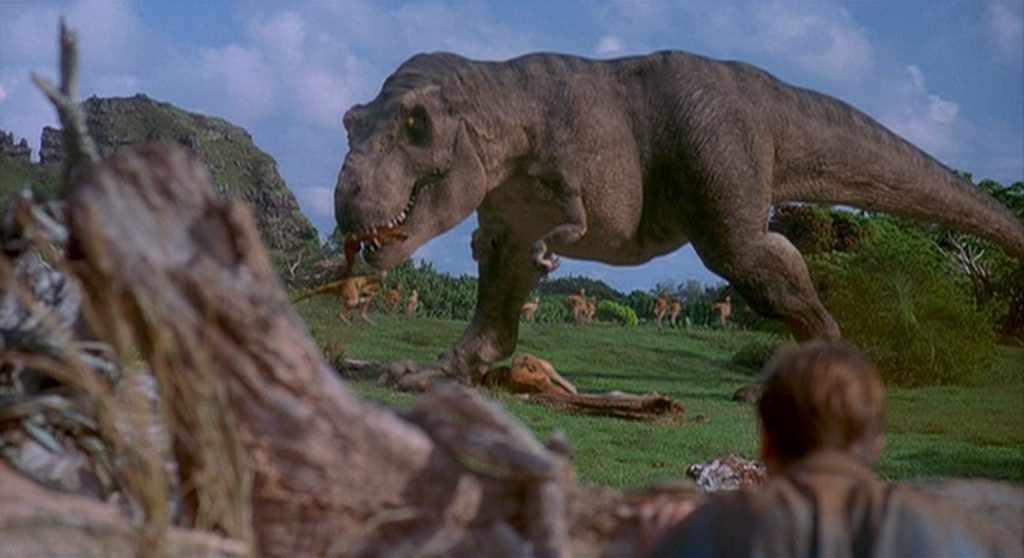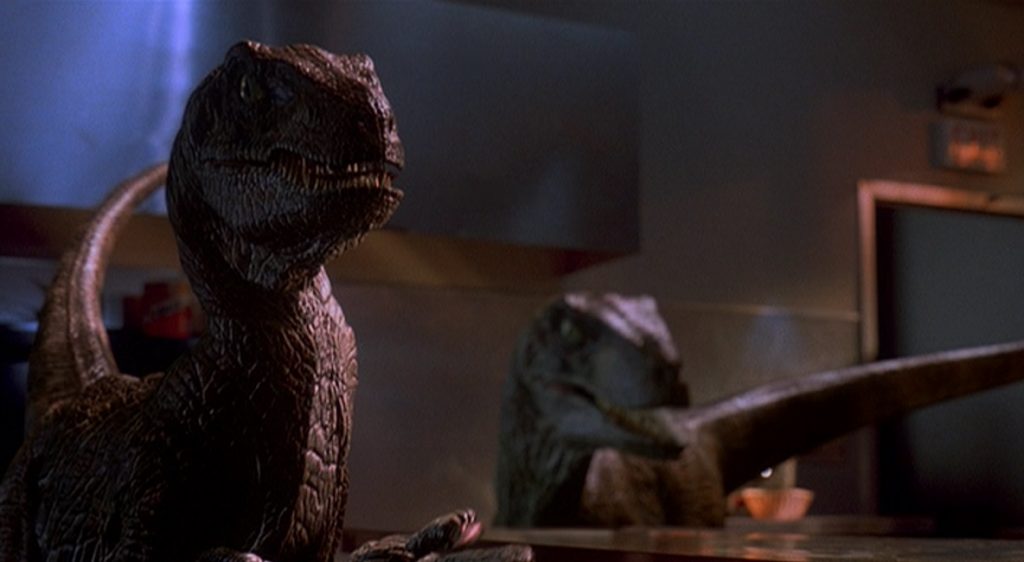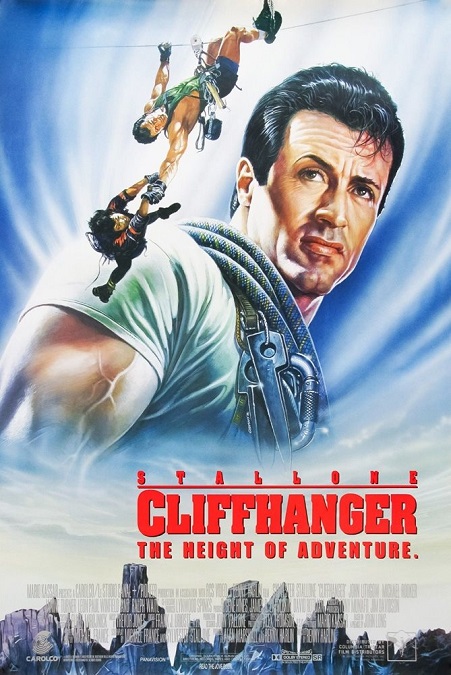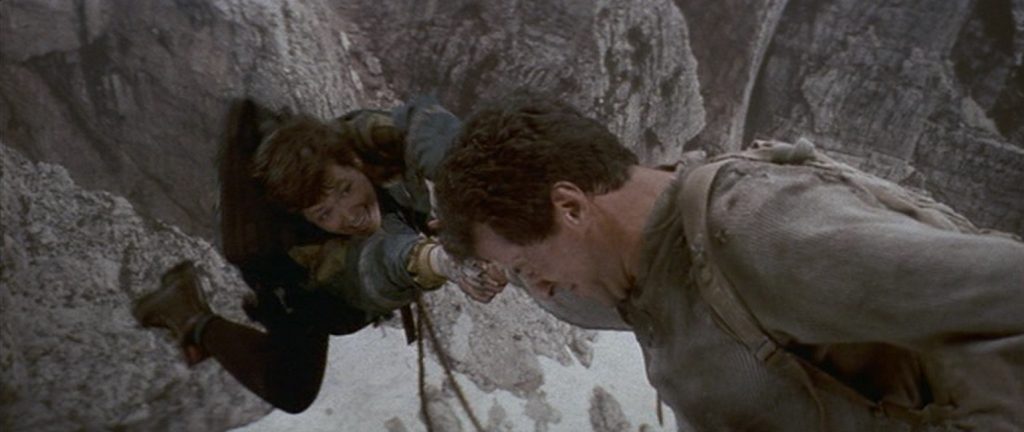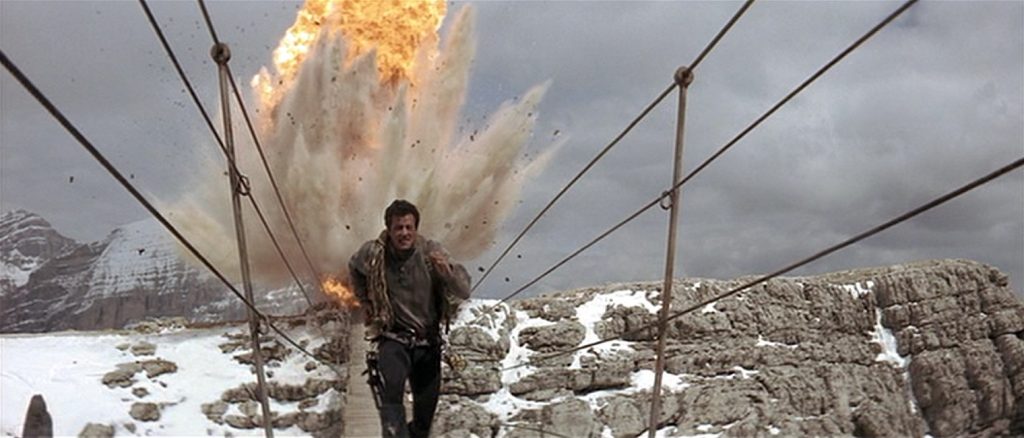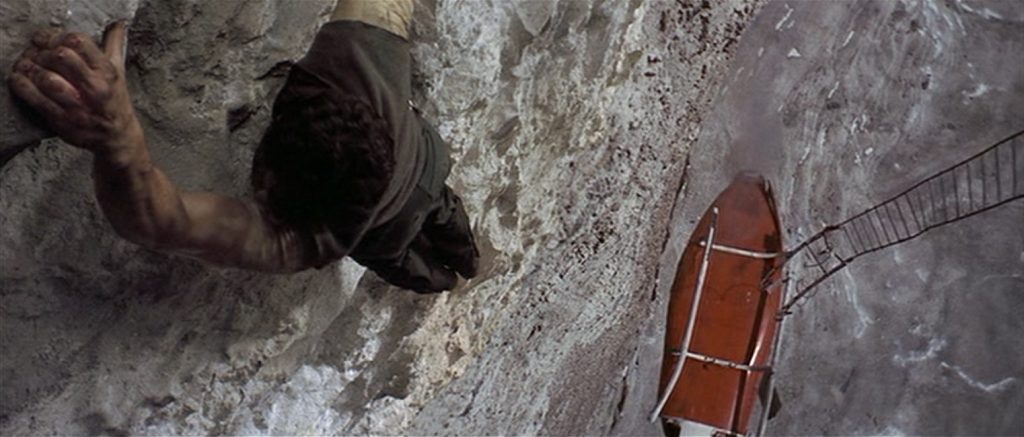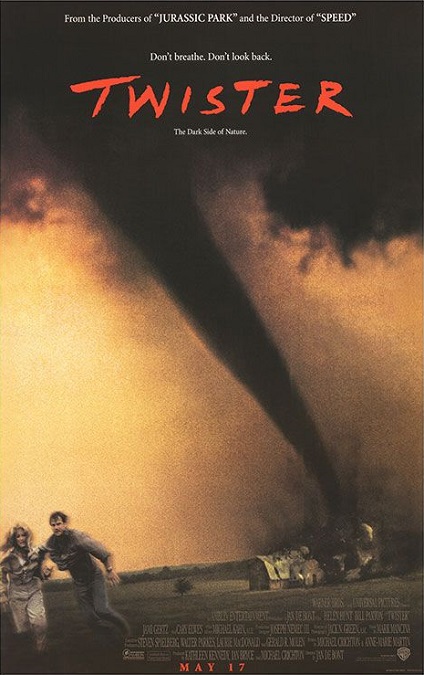
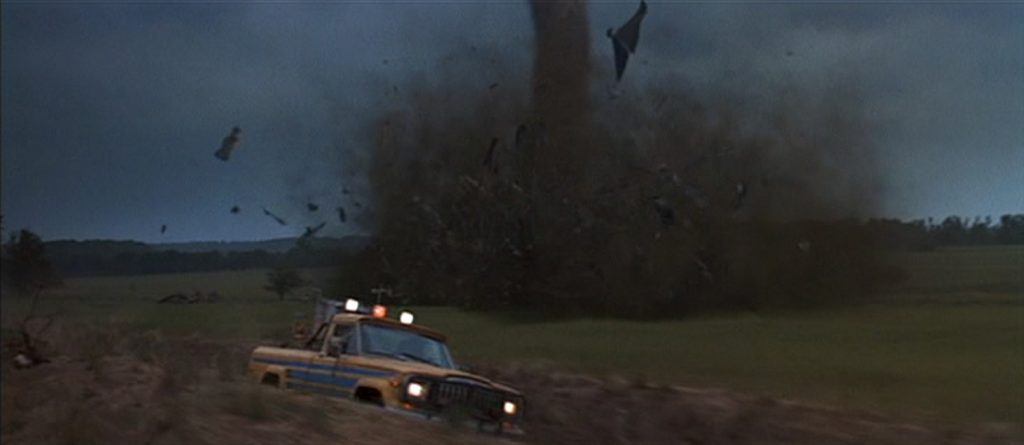
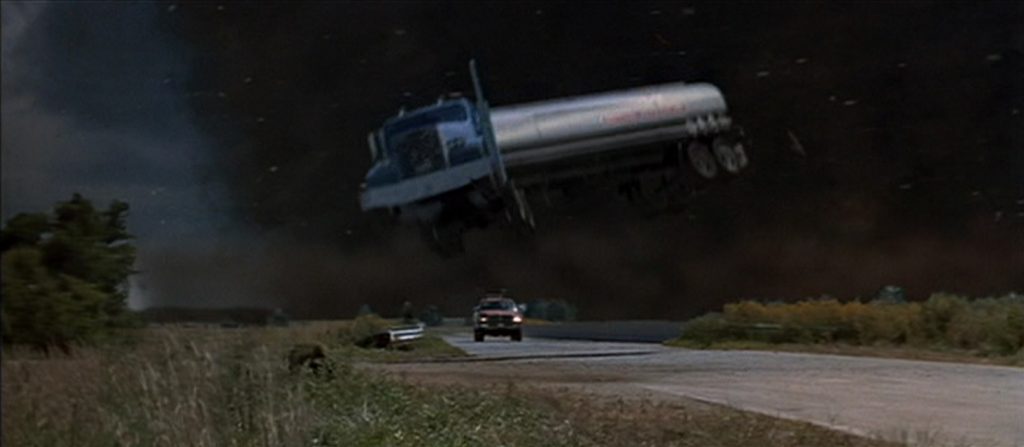
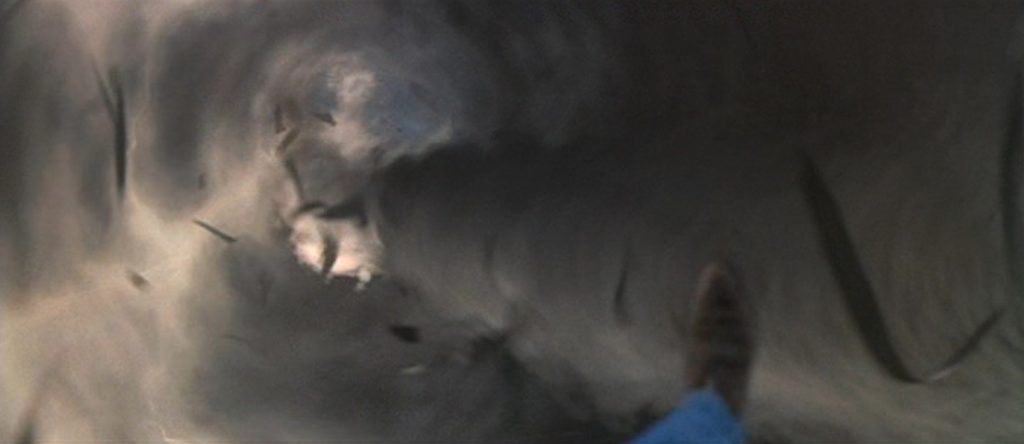
Twister – 1996

OK, putting aside the fact that the movie is about a grudge match between a woman and a mythical tornado, it is always a fun movie to watch for two main reasons. First, the cast did a great job, and second, the special effects were spectacular. Clearly, there was a lot of CGI work done, but as tornadoes tend to facilitate, everything was moving incredibly fast. If there were any flaws, they were only on the screen for a spit second. It was the utter chaos that was impressive.
So the tornadoes were what we all came to see, and they were fantastic. The sheer power of the various twisters in the movie were awesome to watch. I loved how they tore apart buildings and tossed around heavy farm equipment. Well… except for the cow. The poor flying cow was just thrown in there to add a little humor. Just don’t look too closely at the cow, itself. It looked pretty fake. Then again, one does not often see a floating cow for comparison. Still, little joke was pretty funny. The gag worked.
They created big twisters and small ones. There were skinny ones and fat ones. There was a really cool sequence where our heroes were in their truck on a land bridge in the middle of a lake, and two thin ropes of swirling air circled around them, spinning the vehicle several times before dissipating, leaving the passengers shaken, but unharmed. Yes, the real name of the game is suspension of disbelief.
The film’s climactic F5 nightmare twister was, as described by a character in the movie, the finger of God. It really is amazing how realistic CGI effects are becoming by this time in history. It only makes sense that pretty much all the flying debris hurtling through the air as Helen Hunt and Bill Paxton try to run away from the tornado was computer generated. Had it been real, they would have been shredded. As it was, they escaped with nary a scratch. They strap themselves to solid water pipes and let the twister overtake them. It lifts their feet off the ground, and in a really great shot, we got to see the inside of the F5. Very cool!
But there were also some great practical effects and some chaotic sets that put the actors in the middle of the action. The scene at the drive-in movie theatre, where a bunch of people are huddled in the pit of a giant garage. The tornado throws parts of the concessions building through the roof of the garage, not to mention a car that nearly crashes onto the helpless people. I particularly liked when several hubcaps are thrown at them like metal Frisbees. One of them hit one of the tornado chasers in the head, splitting his skin like the slash of a knife. There were also a few great explosions, like when an oil tanker was picked up like a toy and thrown at Hunt and Paxton, exploding in a ball of fire when it hit the pavement.
All in all, it was an exciting film to watch with some wonderful visuals. Maybe they stretched believability a little, but they were also intense and highly entertaining. But what do you expect with a story by Michael Crichton, and also Stephen Spielberg acting as one of the executive producers?
